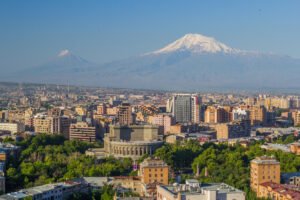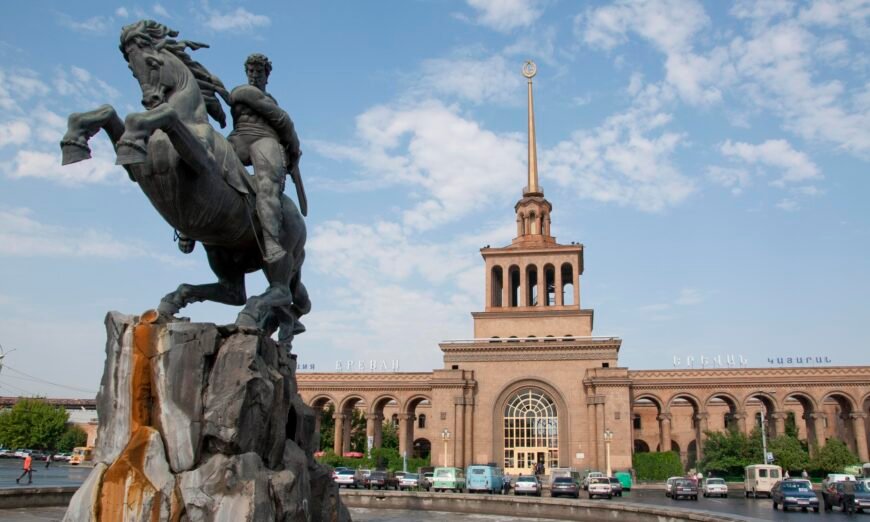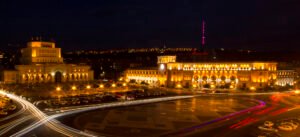 Yerevan is the capital and largest city of Armenia, as well as one of the world’s oldest continuously inhabited cities. Situated along the Hrazdan River, Yerevan is the administrative, cultural, and industrial center of the country, as its primate city. It has been the capital since 1918, the fourteenth in the history of Armenia and the seventh located in or around the Ararat Plain. The city also serves as the seat of the Araratian Pontifical Diocese, which is the largest diocese of the Armenian Apostolic Church and one of the oldest dioceses in the world.
Yerevan is the capital and largest city of Armenia, as well as one of the world’s oldest continuously inhabited cities. Situated along the Hrazdan River, Yerevan is the administrative, cultural, and industrial center of the country, as its primate city. It has been the capital since 1918, the fourteenth in the history of Armenia and the seventh located in or around the Ararat Plain. The city also serves as the seat of the Araratian Pontifical Diocese, which is the largest diocese of the Armenian Apostolic Church and one of the oldest dioceses in the world.
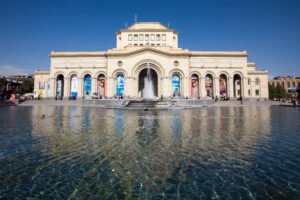
Yerevan is Armenia’s principal cultural, artistic, and industrial center, with a large number of museums, important monuments and the national public library. It also hosts Vardavar, the most widely celebrated festival among Armenians, and is one of the historic centres of traditional Armenian carpet weaving.
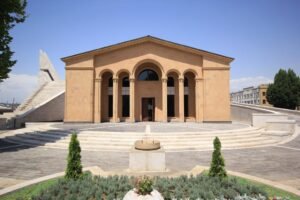
Yerevan is home to a large number of museums, art galleries and libraries. The most prominent of these are the National Gallery of Armenia, the History Museum of Armenia, the Cafesjian Museum of Art, the Matenadaran library of ancient manuscripts, and the Armenian Genocide Museum at the Tsitsernakaberd Armenian Genocide Memorial Complex.
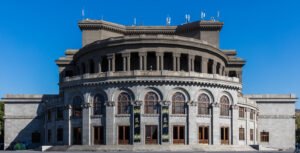
Jazz, classical, folk and traditional music are among several genres that are popular in the city of Yerevan. A large number of ensembles, orchestras and choirs of different types of Armenian and international music are active in the city.
